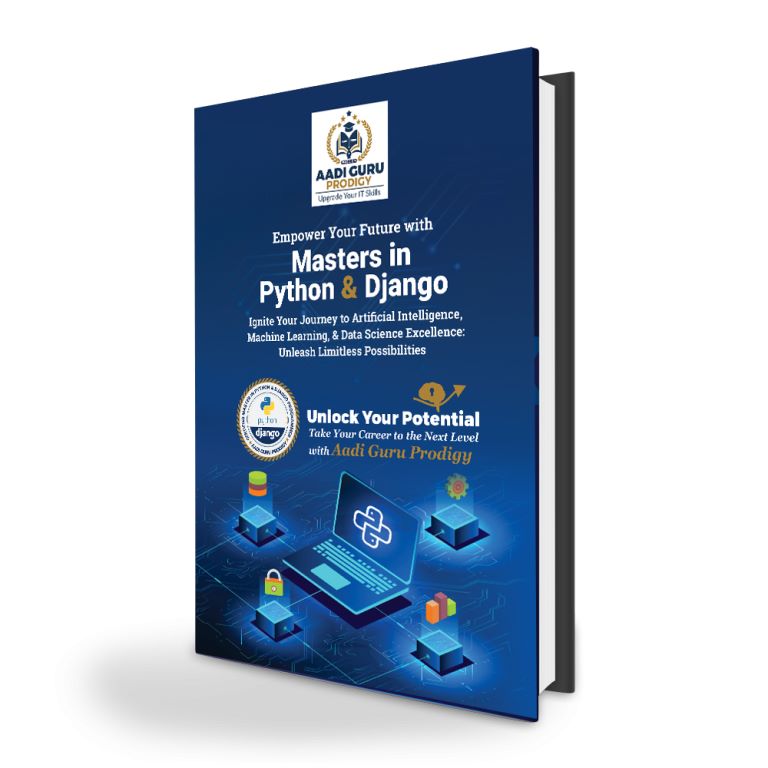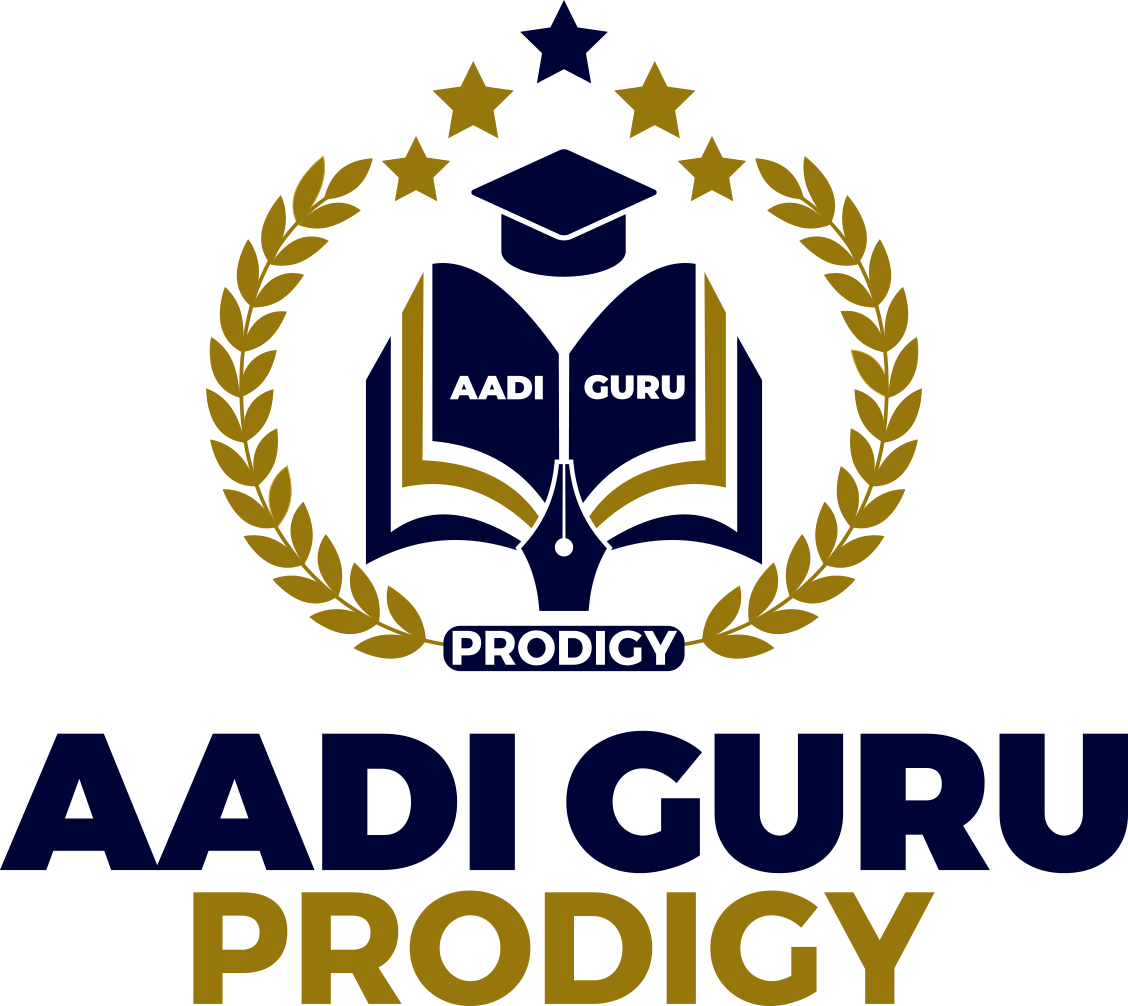10 Programming Languages for Working at NASA in 2024

10 programming languages for working at NASA in 2024, what they are and what they do
The field of space exploration is evolving at an unprecedented pace, and NASA, at the forefront of these advancements, relies heavily on cutting-edge technology and programming languages to propel humanity into the cosmos. As we enter 2024, the demands on software development for space missions have grown more complex than ever.
1. Python:
Python continues to be a stalwart in the programming landscape, especially at NASA. Known for its readability and versatility, Python is a favorite for data analysis, machine learning, and scientific computing. At NASA, it plays a crucial role in mission control, data processing, and simulation, thanks to its extensive library support and ease of integration.
2. C++:
For tasks that demand high performance and low-level access, C++ remains a go-to language. It is instrumental in developing software for embedded systems, robotics, and spacecraft control. As NASA pushes the boundaries of technology with missions to Mars and beyond, C++ is indispensable for crafting efficient and robust code that can withstand the rigors of space.
3. Java:
Java’s “write once, run anywhere” philosophy makes it a valuable asset for developing cross-platform applications. NASA employs Java in various capacities, from developing ground control systems to crafting software for satellite communication. Its portability and reliability make it a trusted choice for projects where compatibility across different systems is crucial.
4. JavaScript:
In recent years, the use of JavaScript has expanded beyond web development. At NASA, JavaScript is increasingly utilized for building user interfaces and interactive applications. With the advent of Electron, a framework for building cross-platform desktop applications, JavaScript has found its way into mission-critical software for analyzing data and controlling spacecraft systems.
5. Fortran:
Despite being one of the oldest programming languages, Fortran is still relevant in the aerospace industry, especially for scientific and numerical computing. NASA relies on Fortran for computationally intensive tasks, such as orbital mechanics and simulation of complex physical phenomena. Its efficiency in handling mathematical operations makes it a preferred choice for certain scientific applications.
6. Rust:
Rust’s emphasis on safety and performance has garnered attention in the space exploration community. With its robust memory safety features, Rust is ideal for developing critical systems where reliability is paramount. As NASA continues to push the boundaries of exploration, Rust is finding its place in projects that demand both speed and security.
7. MATLAB:
MATLAB is a language tailored for mathematical modeling, simulation, and data analysis. It is widely used at NASA for tasks such as trajectory analysis, image processing, and signal processing. Engineers and scientists at NASA leverage MATLAB to prototype algorithms and analyze data, aiding in the successful execution of space missions.
8.Swift:
With the increasing use of Apple technology in aerospace applications, Swift has gained traction at NASA. Swift is employed for developing applications on Apple platforms, such as iPads and iPhones, that are used for mission planning, communication, and data visualization. Its modern syntax and performance make it an attractive choice for iOS development in the space industry.
9. Lua:
Lua’s lightweight design and embeddability make it a valuable tool for scripting and automation in space missions. NASA uses Lua in various capacities, from configuring hardware to controlling and monitoring scientific instruments on spacecraft. Its simplicity and versatility make it an excellent choice for scenarios where resource efficiency is crucial.
10. LabVIEW:
LabVIEW, though not a traditional programming language, is a graphical programming environment widely used in aerospace applications. It allows engineers and scientists to design systems and control hardware through a visual interface. At NASA, LabVIEW is employed for tasks such as test and measurement, data acquisition, and control systems design.

Are you interested in mastering web development using Python and Django? Look no further! We’re thrilled to announce our exciting Free Book Campaign, where you can get your hands on a comprehensive guide to building powerful web applications with Django.
🔍 What’s Inside:
- Step-by-step tutorials to get you started with Django, even if you’re a beginner.
- Hands-on projects that will help you apply your knowledge to real-world scenarios.
- Tips and best practices from experienced Django developers to level up your skills.
- In-depth coverage of essential Django concepts like models, views, templates, and forms.
- Techniques for integrating databases, handling user authentication, and much more!
🎁 Why Get the Free Book:
- Learn at your own pace: The book is designed for self-study, making it perfect for busy individuals and students.
- Accessible to all: Whether you’re a coding enthusiast or a seasoned developer, this book caters to all skill levels.
- Practical and industry-relevant: The content is crafted to help you build projects that align with industry demands.
- A solid foundation: Django is a powerful and widely-used framework; learning it can open doors to exciting opportunities in the tech world.
🚀 How to Participate:
- Sign up on our website using your email address to receive the Free Book Campaign link.
- Spread the word: Share this campaign with your friends, colleagues, and social media networks.
- Join our community: Connect with fellow learners, share your progress, and ask questions in our supportive online community.
- Learn and Grow: Dive into the world of Django, discover its potential, and become a proficient web developer!
🌟 Bonus Offer:
For the first 100 participants who complete the book and build a Django project of their own, we have an exciting surprise waiting for you! Show us what you’ve learned, and you could win an exclusive mentorship session with a Django expert!
Don’t miss out on this incredible opportunity to advance your web development skills with Django. Join the Free Book Campaign now, and let’s embark on this learning journey together!
Follows Us :-
